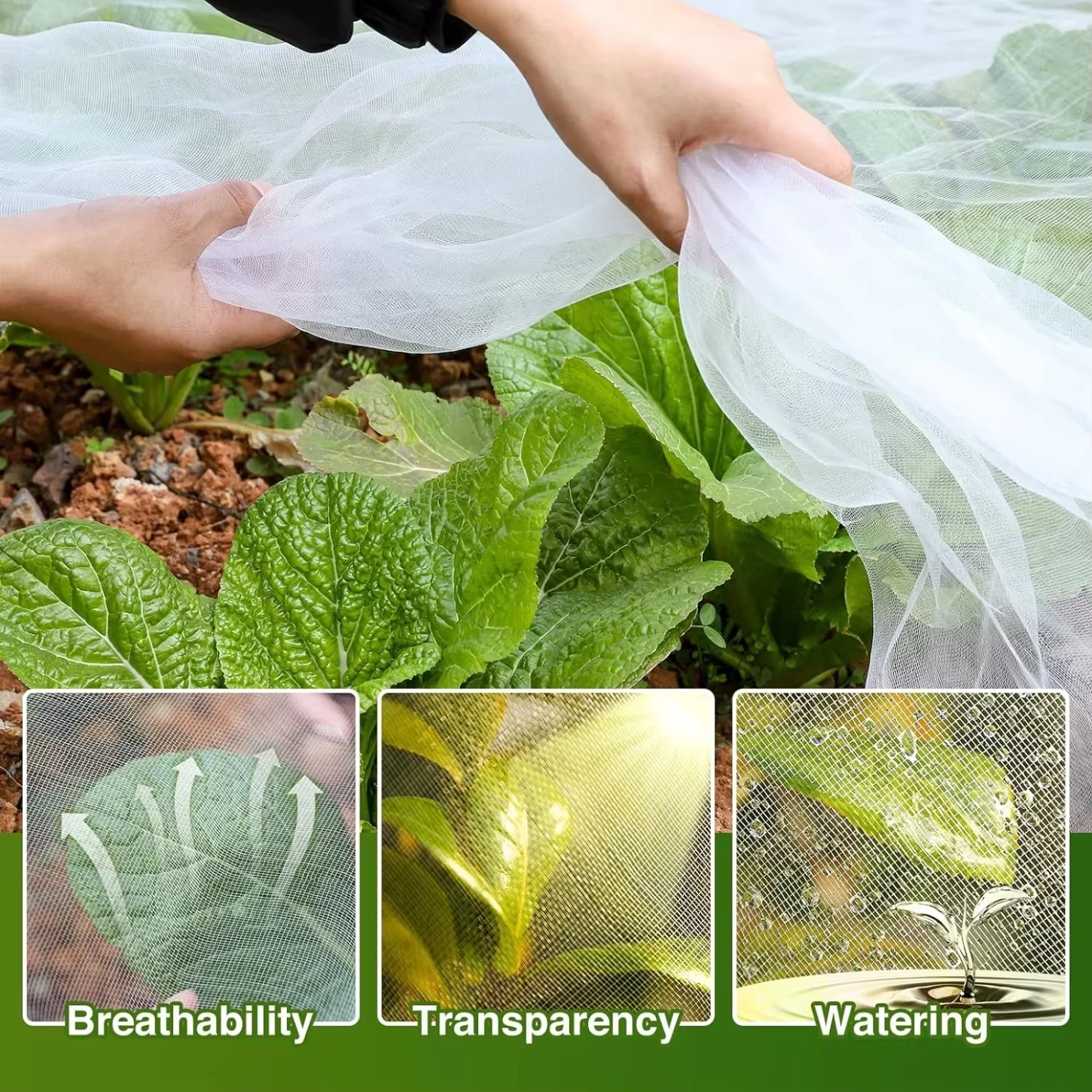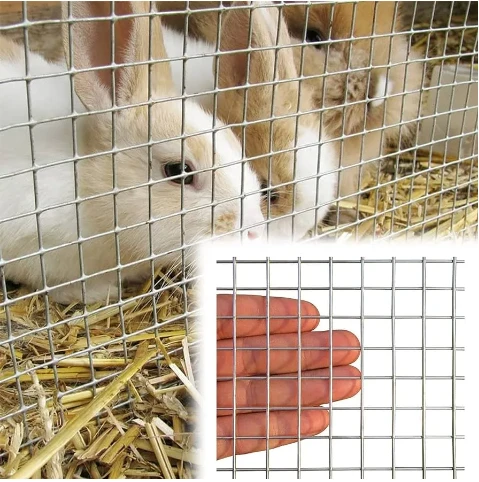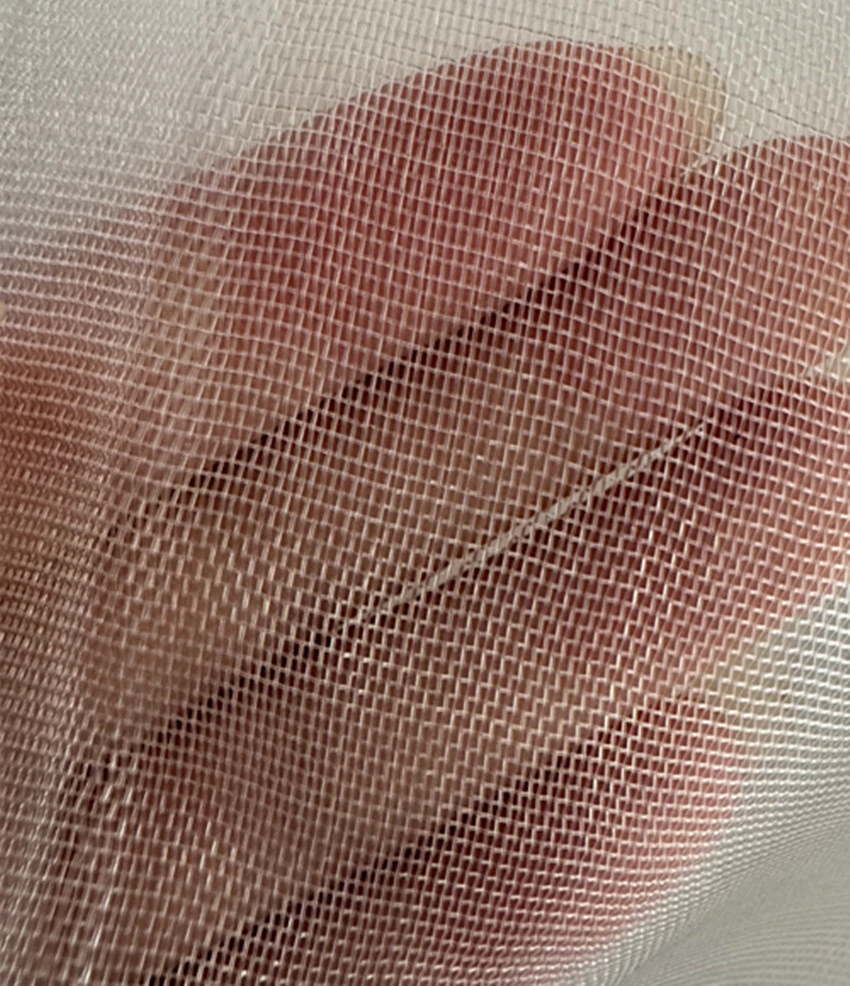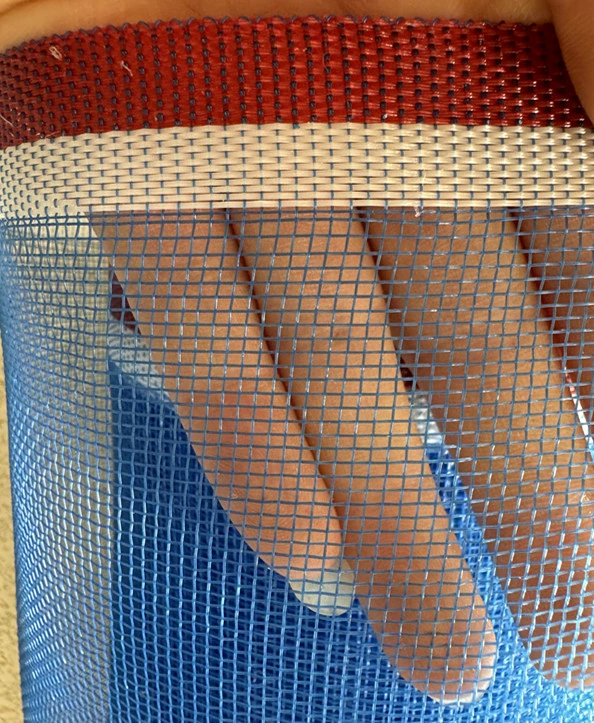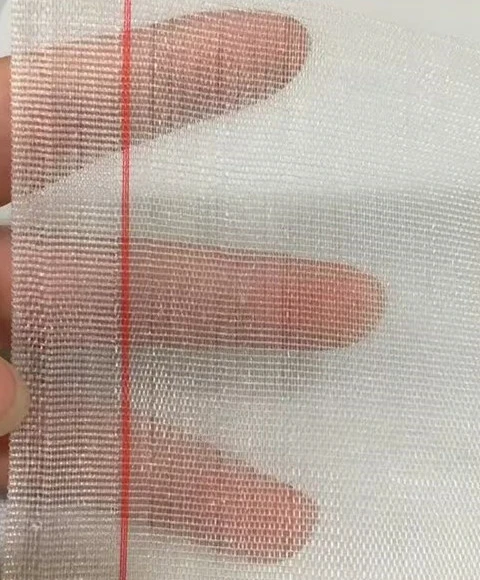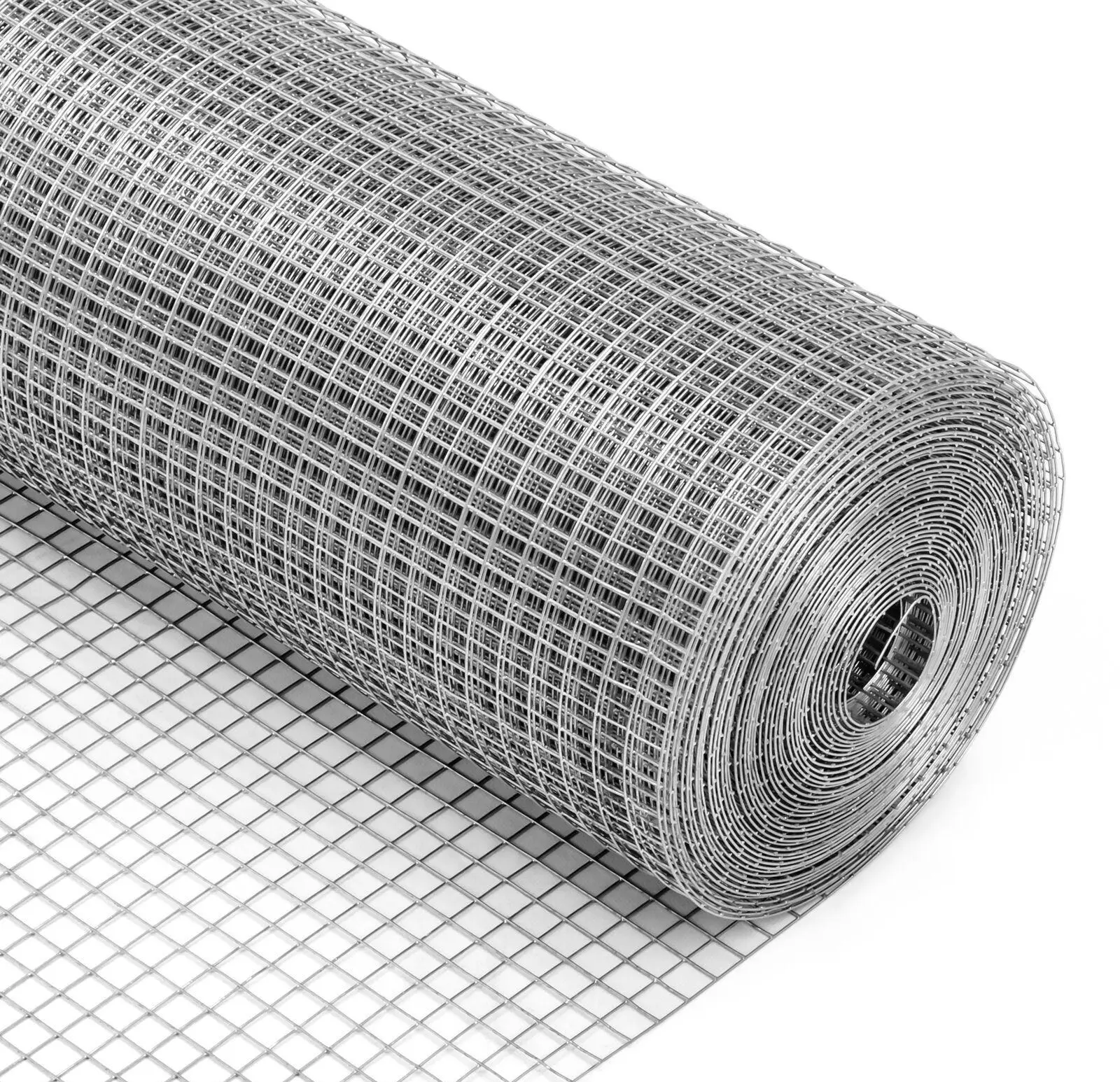-
 Afrikaans
Afrikaans -
 Albanian
Albanian -
 Amharic
Amharic -
 Arabic
Arabic -
 Armenian
Armenian -
 Azerbaijani
Azerbaijani -
 Basque
Basque -
 Belarusian
Belarusian -
 Bengali
Bengali -
 Bosnian
Bosnian -
 Bulgarian
Bulgarian -
 Catalan
Catalan -
 Cebuano
Cebuano -
 China
China -
 Corsican
Corsican -
 Croatian
Croatian -
 Czech
Czech -
 Danish
Danish -
 Dutch
Dutch -
 English
English -
 Esperanto
Esperanto -
 Estonian
Estonian -
 Finnish
Finnish -
 French
French -
 Frisian
Frisian -
 Galician
Galician -
 Georgian
Georgian -
 German
German -
 Greek
Greek -
 Gujarati
Gujarati -
 Haitian Creole
Haitian Creole -
 hausa
hausa -
 hawaiian
hawaiian -
 Hebrew
Hebrew -
 Hindi
Hindi -
 Miao
Miao -
 Hungarian
Hungarian -
 Icelandic
Icelandic -
 igbo
igbo -
 Indonesian
Indonesian -
 irish
irish -
 Italian
Italian -
 Japanese
Japanese -
 Javanese
Javanese -
 Kannada
Kannada -
 kazakh
kazakh -
 Khmer
Khmer -
 Rwandese
Rwandese -
 Korean
Korean -
 Kurdish
Kurdish -
 Kyrgyz
Kyrgyz -
 Lao
Lao -
 Latin
Latin -
 Latvian
Latvian -
 Lithuanian
Lithuanian -
 Luxembourgish
Luxembourgish -
 Macedonian
Macedonian -
 Malgashi
Malgashi -
 Malay
Malay -
 Malayalam
Malayalam -
 Maltese
Maltese -
 Maori
Maori -
 Marathi
Marathi -
 Mongolian
Mongolian -
 Myanmar
Myanmar -
 Nepali
Nepali -
 Norwegian
Norwegian -
 Norwegian
Norwegian -
 Occitan
Occitan -
 Pashto
Pashto -
 Persian
Persian -
 Polish
Polish -
 Portuguese
Portuguese -
 Punjabi
Punjabi -
 Romanian
Romanian -
 Russian
Russian -
 Samoan
Samoan -
 Scottish Gaelic
Scottish Gaelic -
 Serbian
Serbian -
 Sesotho
Sesotho -
 Shona
Shona -
 Sindhi
Sindhi -
 Sinhala
Sinhala -
 Slovak
Slovak -
 Slovenian
Slovenian -
 Somali
Somali -
 Spanish
Spanish -
 Sundanese
Sundanese -
 Swahili
Swahili -
 Swedish
Swedish -
 Tagalog
Tagalog -
 Tajik
Tajik -
 Tamil
Tamil -
 Tatar
Tatar -
 Telugu
Telugu -
 Thai
Thai -
 Turkish
Turkish -
 Turkmen
Turkmen -
 Ukrainian
Ukrainian -
 Urdu
Urdu -
 Uighur
Uighur -
 Uzbek
Uzbek -
 Vietnamese
Vietnamese -
 Welsh
Welsh -
 Bantu
Bantu -
 Yiddish
Yiddish -
 Yoruba
Yoruba -
 Zulu
Zulu
High-Quality Steel Wire Fabric Durable Welded & Stainless Steel Mesh Solutions
- Overview of Steel Wire Fabric
- Technical Advantages and Material Innovations
- Manufacturer Comparisons: Global Leaders in Steel Wire Fabric
- Customization Options and Engineering Capabilities
- Practical Application Cases Across Diverse Industries
- Market Growth, Projections, and Industry Data
- Conclusion: The Future Path of Steel Wire Fabric Solutions
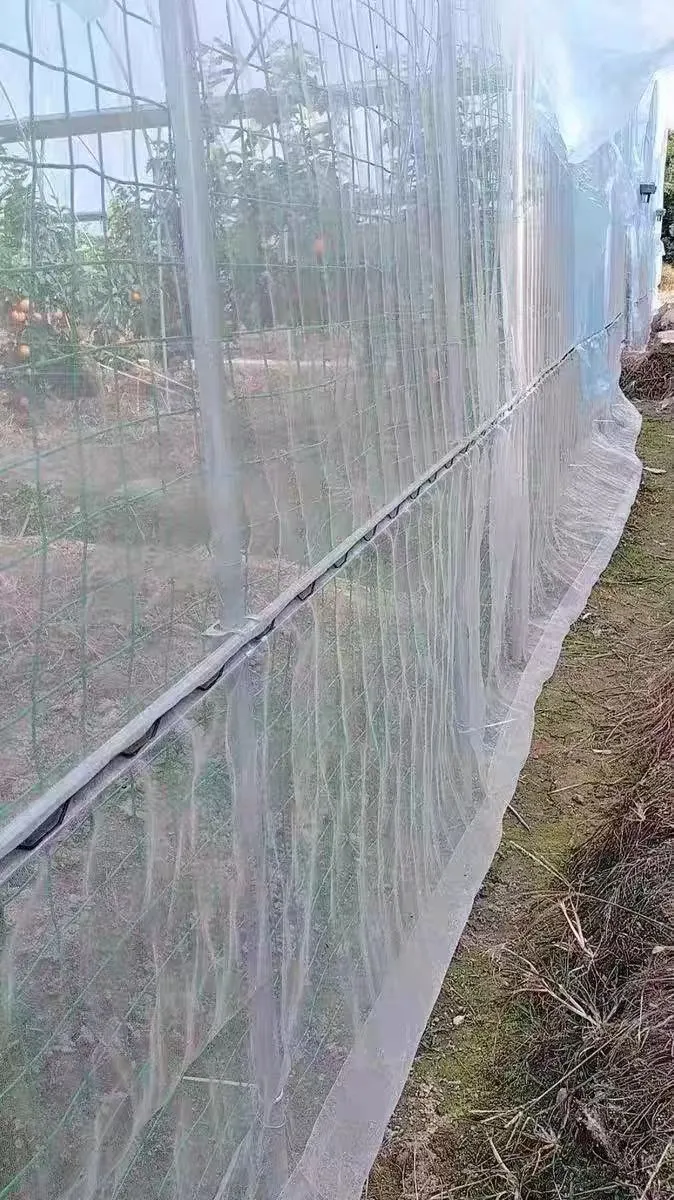
(steel wire fabric)
Overview of Steel Wire Fabric: Essential Functions in Modern Construction
Steel wire fabric is an engineered mesh, mainly composed of either mild steel or stainless steel wires welded together to offer high strength and consistent durability. Its relevance in the construction and manufacturing industries is profound, as it guarantees reliability and accelerates building processes. Welded steel wire fabric
, notable for its grid-like configuration and standardized wire spacing, is manufactured in accordance with international standards such as ASTM A185 and BS 4483. The product spectrum stretches from light reinforcing meshes for slabs and walls to heavy-duty reinforcement destined for industrial foundations.
With stainless steel wire fabric gaining traction due to its corrosion resistance, there is a discernible shift in specification from traditional carbon steel depending on project requirements. Modern infrastructure projects increasingly rely on steel wire fabric for its preciseness, reduced wastage, and cost-effective performance over time. This material is engineered not only for strength but also for versatility, being available in rolls, sheets, and customized panels to fit architectural demands. These characteristics position it as a preferred reinforcement material in today's rapidly developing construction landscape.
Technical Advantages and Material Innovations
The superior technical traits of steel wire fabric are rooted in automated welding technology and meticulously controlled production environments. By combining fusible joints with uniform wire spacing, welded steel wire fabric achieves a yield strength that surpasses conventional loose bar reinforcement by 15-25% according to various third-party performance studies. The uniform cross-sectional area and mechanical bond properties enhance load distribution, addressing both static and dynamic forces in concrete structures.
Stainless steel wire fabric represents a breakthrough for high-corrosion or sanitary applications, boasting a lifespan more than double that of traditional meshes in aggressive environments such as wastewater treatment plants and coastal projects. Another significant advancement lies in surface treatments; hot-dip galvanization and epoxy coatings now offer extended durability and environmental protection, reducing maintenance intervals and sustainability concerns. The ability to tailor mesh sizes and wire diameters supports creative architectural uses, seismic reinforcements, and pre-cast concrete elements, underlining the evolution from basic mesh to a sophisticated engineering component.
Manufacturer Comparisons: Global Leaders in Steel Wire Fabric
In a competitive marketplace, several manufacturers stand out based on product range, compliance, innovation, and volume capacity. Below is a comparative table featuring four of the top producers globally, evaluating key attributes relevant to industry professionals:
| Manufacturer | Annual Output (tons) | Welded Capacity (lines) | Material Range | Standards Compliance | Global Market Share (%) | Lead Time (weeks) |
|---|---|---|---|---|---|---|
| Bekaert | 180,000 | 55 | Carbon/SS/Galvanized | ASTM/BS/EN | 13.4 | 2-6 |
| Liberty Steel (UK) | 140,000 | 32 | Carbon/SS | BS/EN | 9.0 | 4-7 |
| Hebei Jinshi | 125,000 | 40 | Carbon/SS/Epoxy | ASTM/EN | 6.8 | 3-9 |
| Tata Wiron (IN) | 110,000 | 29 | Carbon/SS/Hot-Dip | ASTM/IS | 6.2 | 5-8 |
High-value differentiators between these leaders include a breadth of alloy options, consistency in adherence to major industry standards, and streamlined global logistics. Bekaert, for instance, is noted for its rapid delivery schedules and advanced galvanization processes, while Liberty Steel emphasizes large-scale, sustainable production. Buyers can leverage these comparisons to make informed choices tailored to project demands, budget, and lead time constraints.
Customization Options and Engineering Capabilities
Today’s construction and industrial projects rarely conform to a one-size-fits-all approach. Leading manufacturers invest heavily in flexibility, offering bespoke welded steel wire fabric solutions with wire diameters ranging from 2.0mm to 16.0mm and mesh sizes tailored from 25mm x 25mm up to 300mm x 300mm. Specialized finishes—such as powder coating, anti-microbial treatment, and enhanced corrosion-resistant alloys—address unique environmental or regulatory requirements.
Value engineering teams now deploy computer-aided design (CAD) integration as a standard. This enables precise cut-to-size panels, pre-formed shapes (e.g., columns, beams, stair mesh), and punching for embedded hardware. For example, a metro infrastructure client might require tens of thousands of customized mesh sheets with dimensional variances under ±2mm, delivered in tightly scheduled waves. Welding automation, quality assurance documentation, and advanced certification (ISO 9001, LEED compliance) are integral to these processes, ensuring traceability from raw wire through finished product.
Practical Application Cases Across Diverse Industries
The applications of steel wire fabric span a remarkable array of sectors far beyond traditional construction. In precast concrete, its use streamlines both the speed and accuracy of large-scale module creation, decreasing labor hours by an average of 30% compared to manual reinforcement. In civil engineering, welded steel wire fabric reinforces 90% of European and over 40% of North American road and bridge decks, supporting longevity under heavy traffic loads. Stainless steel wire fabric has found a niche in pharmaceuticals, automotive manufacturing, and food production, where cleanability and compliance are vital.
A detailed example involves a water treatment facility upgrade in Singapore: engineers selected stainless steel wire fabric meshes for over 1,200 filter units, reducing maintenance shutdowns by 60% over five years versus traditional mesh. Another high-impact case features seismic retrofitting in Japan, where customized mesh panels improved concrete ductility and reduced retrofitting time by nearly 25%. The product’s versatility supports safety and innovation in tunnel linings, energy grids, and military fortifications as well.
Market Growth, Projections, and Industry Data
The global steel wire fabric market is driven by the confluence of urbanization, infrastructure renewal, and industrial growth. In 2023, the sector was valued at an estimated USD 6.8 billion, with projections indicating CAGR growth of 5.4% through 2028 according to Grand View Research. Asia-Pacific dominates demand, accounting for 51% of consumption, followed by Europe at 28% and North America at 17%. Demand in the Asia-Pacific region is forecast to grow by nearly 7% annually.
Tracked by usage, the distribution among applications is as follows: 61% in construction (slabs, foundations), 20% in transportation infrastructure (bridges, tunnels), 11% in industrial flooring, and 8% in specialty applications such as architectural facades or anti-cracking layers. Environmental, Social, and Governance (ESG) factors are also influencing procurement. Over 45% of surveyed large contractors now request recycled content certification for wire mesh, reflecting a shift toward responsible sourcing and greener building practices.
Conclusion: The Future Path of Steel Wire Fabric Solutions
Steel wire fabric stands as an irreplaceable asset for modern structural, architectural, and manufacturing projects. Evolving industry standards, coupled with ongoing improvements in material science and automation, ensure its continuous value for diverse stakeholders. The strategic choice between welded steel wire fabric and stainless steel wire fabric enables tailored solutions that maximize safety, durability, and efficiency across varied sectors.
Looking ahead, the future of the steel wire fabric market is shaped by trends in smart construction, environmental responsibility, and modular building methods. Manufacturers and clients alike benefit from increasing digitization, custom engineering, and robust supply chains, positioning steel wire fabric as the backbone of both legacy infrastructure and next-generation innovation.

(steel wire fabric)
FAQS on steel wire fabric
Q: What is steel wire fabric used for?
A: Steel wire fabric is primarily used as reinforcement in concrete for construction projects. It improves the structural integrity and crack resistance of concrete slabs and walls. It is commonly applied in roads, buildings, and bridges.Q: How is welded steel wire fabric different from traditional reinforcement?
A: Welded steel wire fabric consists of wires arranged in a grid pattern welded at the intersections for added strength. This ensures uniform spacing and easier installation compared to loose bars. It's often preferred for its efficiency and consistent quality.Q: What are the advantages of using stainless steel wire fabric?
A: Stainless steel wire fabric offers superior corrosion resistance compared to regular steel. It is ideal for use in harsh or corrosive environments, such as marine or chemical facilities. Additionally, it extends the lifespan of reinforced structures.Q: How do you select the right steel wire fabric for a project?
A: Selection depends on project requirements like load, environment, and exposure conditions. The mesh size, wire diameter, and material type (carbon steel or stainless steel) should match structural designs. Consulting relevant codes and a structural engineer is recommended.Q: Can steel wire fabric be customized for specific applications?
A: Yes, steel wire fabric can be manufactured in various sizes, wire diameters, and patterns based on project needs. Customizations also include material grade and coating for enhanced durability. Most suppliers offer tailored solutions upon request.-
Shipping Plastic Bags for Every NeedNewsJul.24,2025
-
Safety Netting: Your Shield in ConstructionNewsJul.24,2025
-
Plastic Mesh Netting for Everyday UseNewsJul.24,2025
-
Nylon Netting for Every UseNewsJul.24,2025
-
Mesh Breeder Box for Fish TanksNewsJul.24,2025
-
Expanded Steel Mesh Offers Durable VersatilityNewsJul.24,2025




